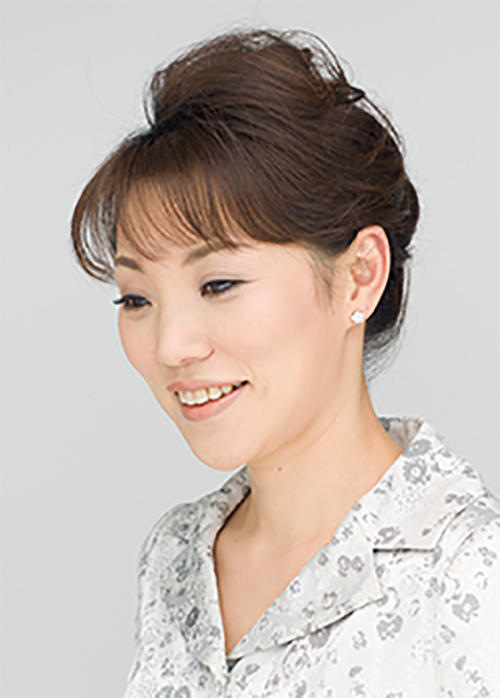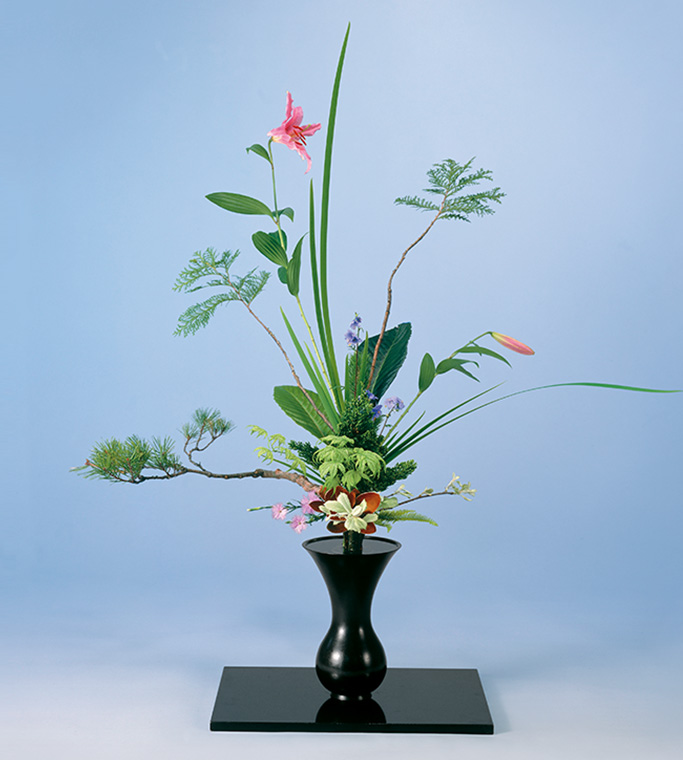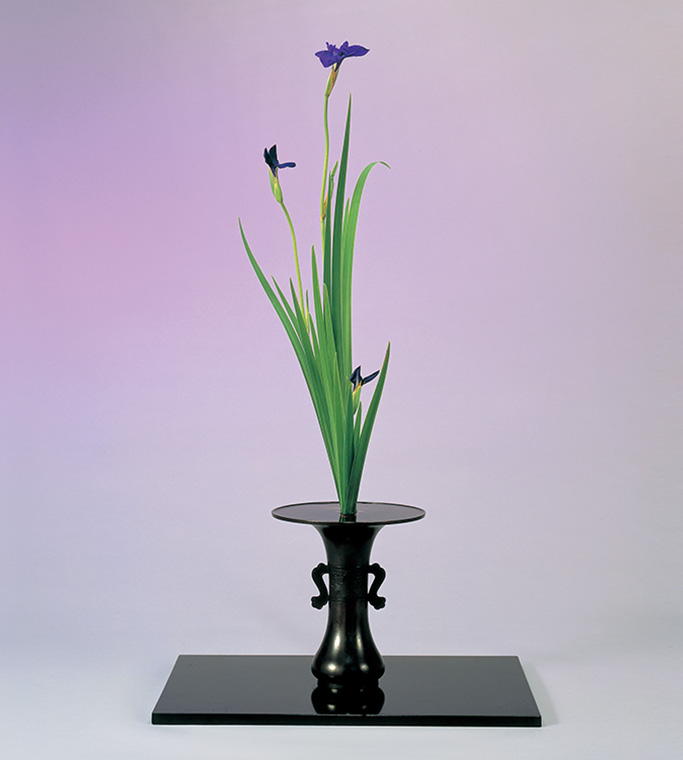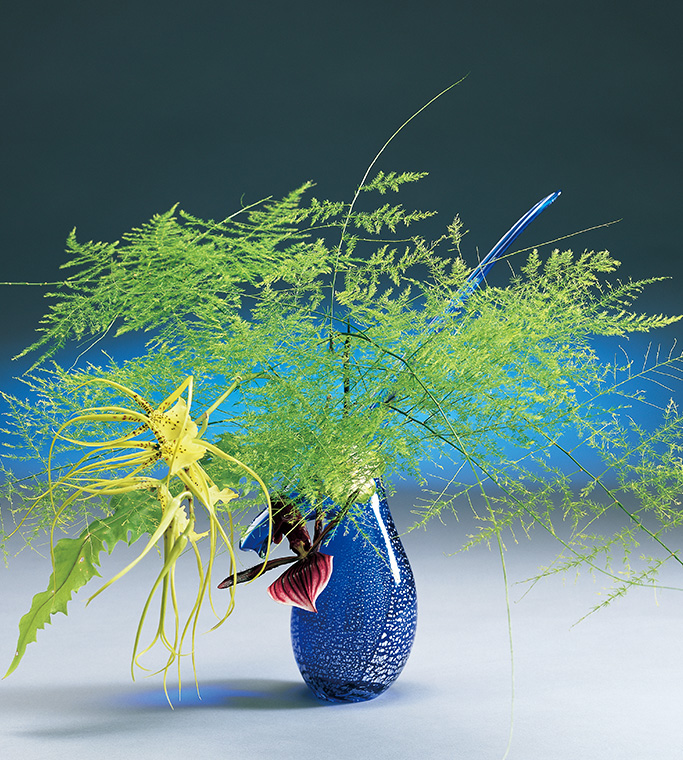
Ikenobo’s Ikebana
Ikenobo is said to be the origin of ikebana, the Japanese art of flower arrangementSenko Ikenobo is Headmaster Designate of Ikenobo and emphasised her life on Ikenobo ikebana. From 2012, , Senko Ikenobo started to take a pilgrimage to 33 temples in West Japan and performed flower offering ceremonies in commemoration of the sacrifice and recover from all disasters. In 2013, she visited Boston and New York, U.S.A. on the occasion of the Ikenobo Ikebana 550th Year, conducting ikebana workshop at Harvard University and performed a floral offering ceremony at United Nations Headquarters.

Ikenobo’s Ikebana evolved over the centuries as each age brought new challenges for ikebana to express the spirit of time. Today’s styles include “Rikka”, “Shoka”, and modern “Free Style”.

Rikka
Rikka’s origin lies in the 15th century tatehana style. Reaching full flower in the 17th century. The study continues today of both traditional shofutai style and the new rikka shimputai style. Rikka’s basic parts are arranged with many contrasting but complementary materials, expressing the beauty of a natural landscape. Hidden within the principles of this ikebana style is surprisingly fertile ground for variation and adaptation to contemporary environment.

Shoka
Shoka’s origins are in the simpler ikebana of the 18th century and formulised in the 19th century. Shoka shofutai’s three main branches, shin, soe and tai, form a unity which expresses life’s perpetual change and renewal. It gives the impression of beauty and grace. Shoku shimputai which is a newer style, has a bright and modern feeling. The two main parts, shu and yo, respond to each other with contrasting and harmonious qualities. A third part, ashirai, is often added as a finishing touch.

Free Style
Free style is the most recent to emerge from Ikenobo’s long tradition. As a more personal expression, it is suited to a contemporary environment and tastes as it divides into naturalistic style as well as a more design-like style. While still respecting the beauty and essential qualities of each material, the arranger has unlimited possibilities to convey an effect or mood.
Ikenobo is said to be the origin of ikebana. The predecessors in ikebana felt that flowers were not only beautiful but that they could reflect the passing of time and the feelings in their own hearts. Rather than simply re-creating the shape a plant had in nature, Ikenobo creates with leaves, branches and flowers a new form which holds the impression of a plant’s beauty. Ikenobo’s spirit has spread not only in Japan but throughout the world.
